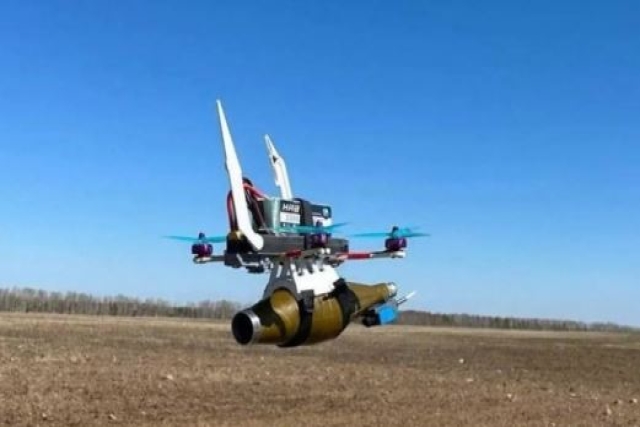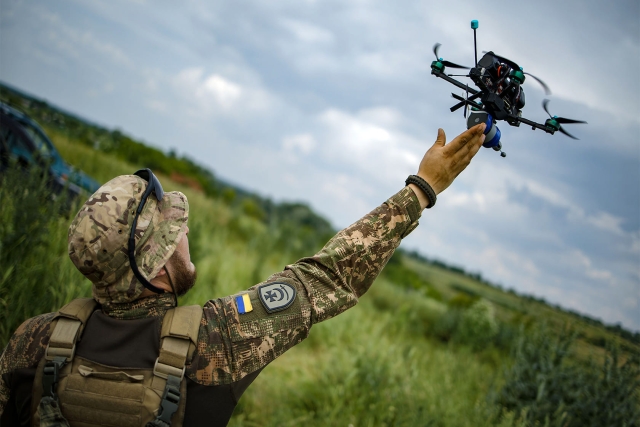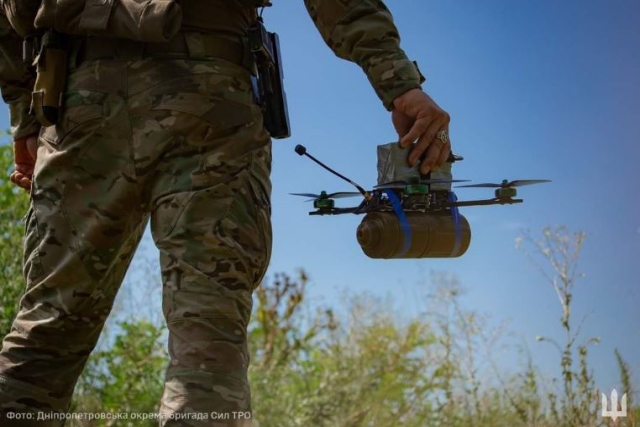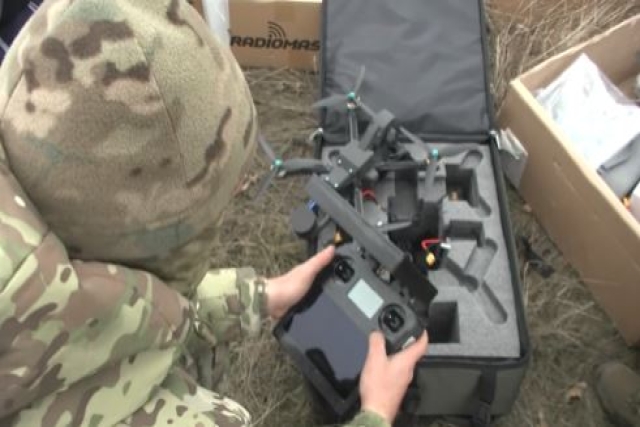Russia's $500 'Piranha' Drone Downs $6M M1A1 Abrams Tank
Abrams lacks sufficient defense mechanisms against FPV kamikaze drones: Russian military experts
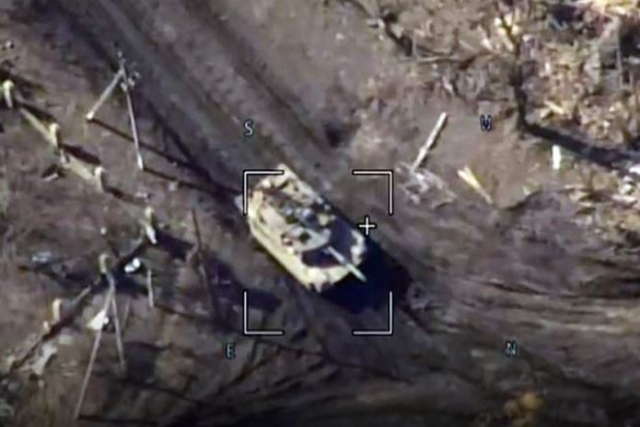
A Russian-made tiny FPV drone, nick-named 'Piranha-10' partly destroyed a U.S. donated M1AI Abrams tank in Ukraine opening a new era in anti-tank warfare in the Russia-Ukraine conflict.
The highly-rated M1A1 Abrams tanks boasting of reactive armor capable of withstanding hits from top attack munitions, several times more powerful than the 4.5 kg explosive payload which the Piranha-10 carries, fell to a small swarm of FPV drones, each measuring about 15 inches across.
This was first reported by Russian publication Izvestia.
Military experts note the potential threat posed by kamikaze drones to heavily armored vehicles. This particular incident involved the destruction of the first Abrams tank by a Russian FPV drone valued at less than 50,000 rubles (around $500).
The manufacturer of the Piranha drone claims its resistance to existing electronic warfare systems, with over 8,000 units reportedly delivered to the Northern Military District zone.
The cost discrepancy between the $500 drone and the $6 million tank highlights the cost-effectiveness of this emerging weaponry, the report said.

Video evidence of the tank's destruction surfaced on February 28, following a reported successful attack in the Avdiivka direction during post-city liberation fighting. The head of public relations at SKB Piranha explained the production process, mentioning that the majority of the drones are funded publicly and are primarily acquired by charitable foundations, sponsors, and organizations supporting personnel in the Northern Military District zone.
SKB Piranha, based in Ulyanovsk, claims to have supplied more than 8,000 drones to Russian forces since last winter, producing over 100 drones daily. The Piranha 7 and Piranha 10 models differ in load capacities and frame sizes, with the latter boasting higher power and a longer flight range. The unique video frequencies used by Piranha drones are cited as a notable advantage, providing stability and clarity in communication, purportedly immune to electronic warfare interference.
Military experts point out that the Abrams M1 tank reportedly lacked sufficient defense mechanisms against FPV kamikaze drones, making it vulnerable. The absence of anti-drone protection or UAV detection capabilities potentially rendered the tank an easy target.
